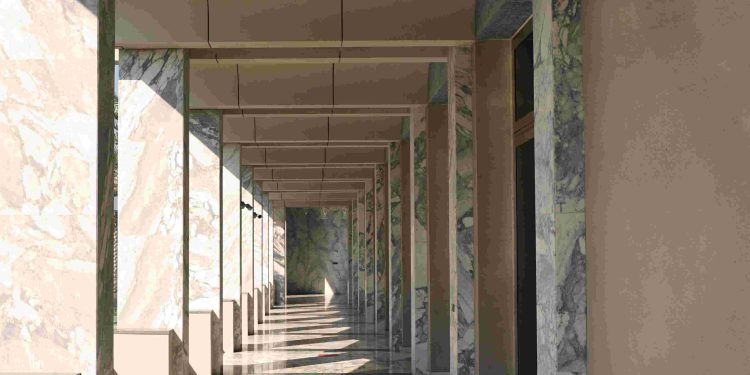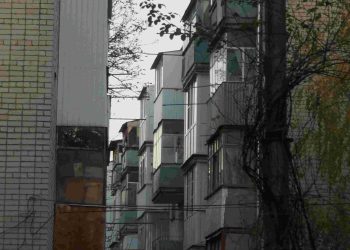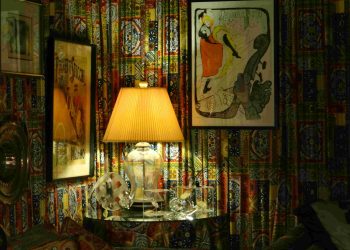Modern Urban Interior Design for Edge Spaces
The way we shape our spaces reflects more than aesthetics—it embodies our mindset, ambition, and the future we envision for ourselves.
The Redefinition of Boundaries
In modern urban life, edge spaces—those transitional zones between defined areas—are often overlooked or underutilized. These corners, corridors, alcoves, and buffer zones challenge traditional thinking about functionality. Why must design be limited to predefined boundaries? This question drives innovation, asking us to reclaim and reimagine every square inch of our environments.
Consider the tiny studio apartment where a slim corridor turns into a productive work nook. Psychological research reveals that humans derive satisfaction from transforming constraints into opportunities. Behavioral economist Richard Thaler has shown that ‘choice architecture’—the art of shaping environments to guide decisions—can dramatically impact the way we approach space utilization.
A Personal Journey: Designing Beyond Limits
A few years ago, I moved to a densely packed city, where my apartment measured just 400 square feet. Surrounded by blank walls and cramped corners, I resisted traditional notions of what a ‘living room’ or ‘bedroom’ should be. The edge spaces, those tiny leftover zones, presented challenges that seemed insurmountable. Yet, by embracing fluidity and adaptability, those edges became multifunctional hubs.
One alcove became a reading retreat, adorned with floating shelves and soft lighting. A window ledge evolved into a meditation spot, reflecting the principles of biophilic design—connecting indoor spaces with the outdoors to enhance mental health. This transformation was not merely physical but deeply psychological, fostering a sense of control and creativity in what could have been a restrictive environment.
Breaking Free: Questioning Standard Design Norms
Traditional interior design emphasizes symmetry and compartmentalization. Edge spaces, however, disrupt this outdated order, inviting us to think in three dimensions. Theories from philosophy, like Deleuze’s concept of ‘rhizomatic thinking,’ encourage us to view space not as distinct entities but as interconnected nodes. Why dedicate space solely to singular functions when hybridization can achieve more?
Take the example of modular furniture, which defies the fixed nature of conventional design. Pieces that can transform—a sofa becoming a bed or a table adjusting heights—mirror the fluid demands of urban lifestyles. This adaptability speaks to broader trends in employment, technology, and society, where rigid roles and structures are being replaced by dynamic, multipurpose systems.
Looking Ahead: The Future of Edge Spaces
As cities grow denser, edge spaces will become more critical than ever. Autonomous technologies, such as AI-powered smart furniture, are already forecasting how edge spaces can function. Imagine mirrors integrated with responsive screens that offer daily schedules or narrow hallways equipped with energy-efficient vertical gardens.
Additionally, the rise of the ‘gig economy’ has spurred demand for home workspaces. Micro-offices and study pods in unused corners are becoming staples of urban interiors. The societal embrace of remote work has elevated these formerly peripheral zones to central importance, reshaping our perceptions of interior design entirely.
Actionable Strategies for Reimagining Edge Spaces
-
Declutter and observe:
Clear distracting objects to identify edge spaces often hidden by visual noise. -
Incorporate multifunctionality:
Select adaptable furniture that can serve dual or triple purposes, such as storage ottomans or foldable desks. -
Leverage verticality:
Use tall shelving, mounted lighting, and hanging plants to optimize vertical space. -
Enrich with texture and design:
Introduce contrasting colors or materials to visually distinguish edge areas from primary zones, giving them personality and purpose. -
Think technological:
Explore energy-efficient solutions such as LED under-shelf lighting or compact, app-controlled thermostats.
By actively engaging with the possibilities within edge spaces, individuals can take control of their environments and enhance both their living quality and productivity.

Continuous Learning and Adaptation
The art of designing edge spaces is not static. As our living environments evolve, so must our approaches. The ancient Greek philosopher Plato said, “Necessity is the mother of invention.” In today’s urban world, necessity drives us to innovate and adapt. Education in design principles, emerging technologies, and even psychology equips us to anticipate and address these needs.
Engage with workshops, read books by interior designers, or experiment with Do-It-Yourself projects to refine your skills. These ongoing efforts foster not only technical improvements but also the personal satisfaction of creation and problem-solving.












